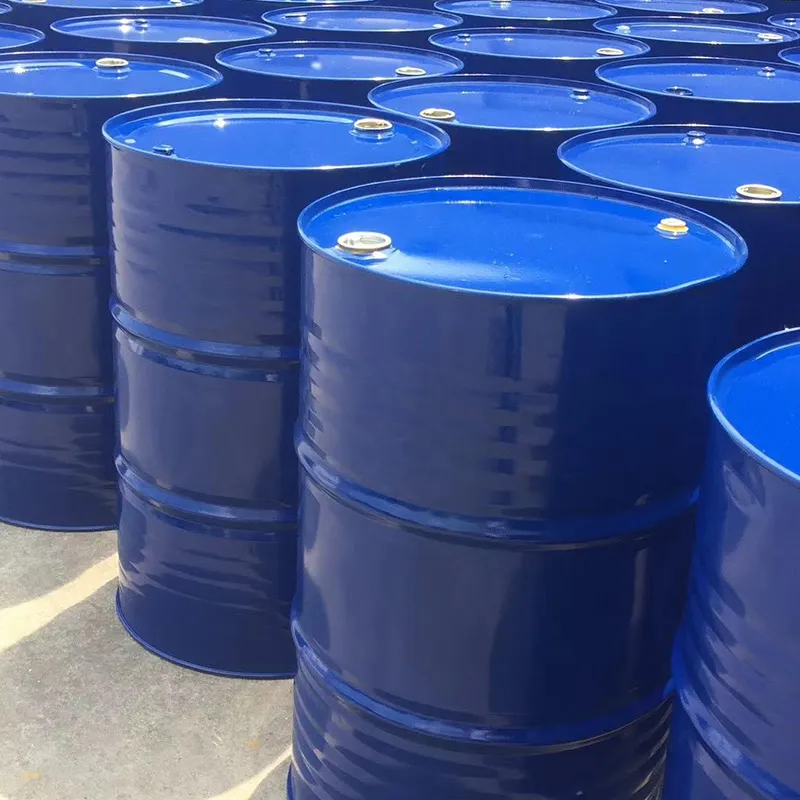
styrene butadiene
Styrene-Butadiene An Overview of Its Importance and Applications
Styrene-butadiene, a copolymer made from styrene and butadiene, plays a crucial role in various industries due to its unique blend of properties. It was first synthesized in the late 1920s and has since found widespread use in products ranging from tires to adhesives. This article explores the significance of styrene-butadiene, its properties, and the diverse applications that underscore its importance in modern manufacturing.
Chemical Composition and Properties
Styrene-butadiene is created through the polymerization of styrene and butadiene monomers, resulting in a material that exhibits a combination of the strengths of both components. Styrene brings rigidity and strength to the mix, while butadiene contributes flexibility and resilience. This synergy gives styrene-butadiene its distinct characteristics, including good abrasion resistance, resilience, and excellent low-temperature performance. Additionally, it shows good adhesion properties and compatibility with other polymeric materials, making it an attractive choice for various applications.
Applications in Tires
One of the most significant applications of styrene-butadiene is in the production of tires. The material’s excellent performance in high-stress environments makes it ideal for the tire industry. Styrene-butadiene rubber (SBR), derived from this copolymer, provides the necessary durability and flexibility required for tire manufacturing. Its ability to withstand extreme temperatures and offer resistance to wear makes it a popular choice for both passenger and commercial vehicle tires. In fact, SBR can account for as much as 40% of the total rubber used in tire production.
Impact on the Adhesives Industry
Beyond tires, styrene-butadiene is extensively used in adhesives and sealants. Its excellent bonding properties and compatibility with various substrates make it suitable for both water-based and solvent-based adhesive formulations. These adhesives are utilized in a wide range of applications, from construction and woodworking to automotive and packaging. The versatility of styrene-butadiene-based adhesives enables them to provide strong and durable bonds, which are critical in ensuring the longevity and reliability of the products they are used in.
styrene butadiene

Contribution to Coatings and Paints
The coatings and paints industry also benefits from the properties of styrene-butadiene. The copolymer can be formulated into water-based paints, which are increasingly favored due to their lower environmental impact compared to solvent-based alternatives. Styrene-butadiene resins enhance the durability, adhesion, and weather resistance of coatings, making them suitable for both interior and exterior applications. Additionally, its ability to improve the gloss and finish of paints adds to its attractiveness for manufacturers.
Role in the Production of Thermoplastic Elastomers
Styrene-butadiene is also a key component in the production of thermoplastic elastomers (TPEs). These materials combine the rubber-like elasticity of elastomers with the processability of thermoplastics, making them an essential material in numerous applications. TPEs derived from styrene-butadiene are commonly used in consumer goods, automotive components, and medical devices due to their flexibility, resilience, and ease of processing.
Environmental Considerations and Future Trends
As industries increasingly focus on sustainability, the development of bio-based and recycled alternatives to styrene-butadiene has gained traction. Efforts are underway to produce styrene and butadiene from renewable resources, which could significantly reduce the environmental footprint of this widely used copolymer. Additionally, advancements in recycling technologies may enable the recovery of styrene-butadiene from end-of-life products, further promoting a circular economy.
Conclusion
In summary, styrene-butadiene is a vital material that underpins many aspects of modern manufacturing. Its remarkable properties and versatility have established it as a cornerstone in various industries, particularly in tire production, adhesives, coatings, and thermoplastic elastomers. As the demand for sustainable materials grows, the future of styrene-butadiene may see exciting developments that promote environmental responsibility while maintaining its essential role in industrial applications.
-
Comprehensive Guide to Acetic Acid as Preservative: Benefits, Uses & Future TrendsNewsNov.24,2025
-
What Is a Food Additive? Global Insights, Applications & Future TrendsNewsNov.24,2025
-
968 Sweetener: The Modern Solution for Health-Conscious SweeteningNewsNov.23,2025
-
Discover the Benefits and Uses of 965 Sweetener (Erythritol) | Tenger ChemicalNewsNov.23,2025
-
961 Sweetener - A Next-Gen Sugar Alternative for Health and IndustryNewsNov.23,2025
-
Understanding 960 Sweetener: The Modern Sugar Alternative for Health and IndustryNewsNov.22,2025
-
Everything You Need to Know About 955 950 Sweeteners – Benefits, Uses, and TrendsNewsNov.22,2025
Hebei Tenger Chemical Technology Co., Ltd. focuses on the chemical industry and is committed to the export service of chemical raw materials.
-

view more DiethanolisopropanolamineIn the ever-growing field of chemical solutions, diethanolisopropanolamine (DEIPA) stands out as a versatile and important compound. Due to its unique chemical structure and properties, DEIPA is of interest to various industries including construction, personal care, and agriculture. -

view more TriisopropanolamineTriisopropanolamine (TIPA) alkanol amine substance, is a kind of alcohol amine compound with amino and alcohol hydroxyl, and because of its molecules contains both amino and hydroxyl. -

view more Tetramethyl Thiuram DisulfideTetramethyl thiuram disulfide, also known as TMTD, is a white to light-yellow powder with a distinct sulfur-like odor. It is soluble in organic solvents such as benzene, acetone, and ethyl acetate, making it highly versatile for use in different formulations. TMTD is known for its excellent vulcanization acceleration properties, which makes it a key ingredient in the production of rubber products. Additionally, it acts as an effective fungicide and bactericide, making it valuable in agricultural applications. Its high purity and stability ensure consistent performance, making it a preferred choice for manufacturers across various industries.





